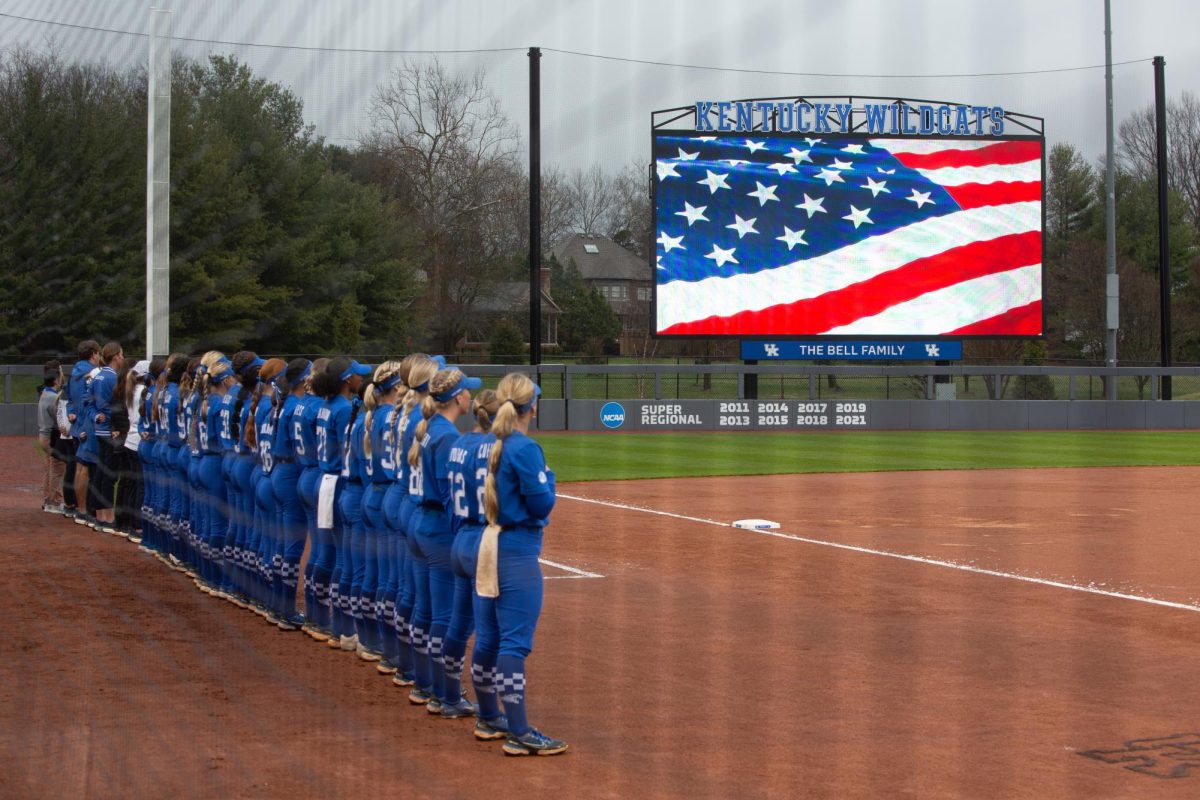Working to pay for college isn’t as feasible as it was 30 years ago
June 13, 2017
College is obviously a significant cost that students rarely pay for themselves without parental assistance, scholarships or student loans. Since 1979, working your way through college has become almost impossible.
For an average year’s tuition at a public 4-year school in 1979, a student could work 182 hours – a part-time summer job – to pay for their education. In 2013, a full-time job for six months (991 hours) would be enough.
Both tuition costs and the federal minimum wage have risen since 1979, but 2014’s minimum wage would require 60 hours of work to pay for one credit hour at Michigan State University – $428.75. That credit hour 30 years ago would cost $79.23 in today’s dollars (adjusted for inflation).
The minimum wage in 1979 was $2.90, so a student with a minimum-wage job would earn enough in a 9 hour work day to pay for one credit hour. For a whole semester, two weeks of full-time work or a month of part-time work would suffice.
The imbalance started appearing in 1993, when a student would have to work an understandable 16 hours a week to pay for a semester’s worth of classes. In 2014, a student with the same classes would have to work 48 hours a week.
All of these numbers are not even considering the cost of room and board, which doubles the cost of going to school. Food and books add even more, and if a student wanted to work their way through a private 4-year school instead of a public university or go to graduate school, they might just be out of luck.
To read the full article in The Atlantic, click here.























































































































































